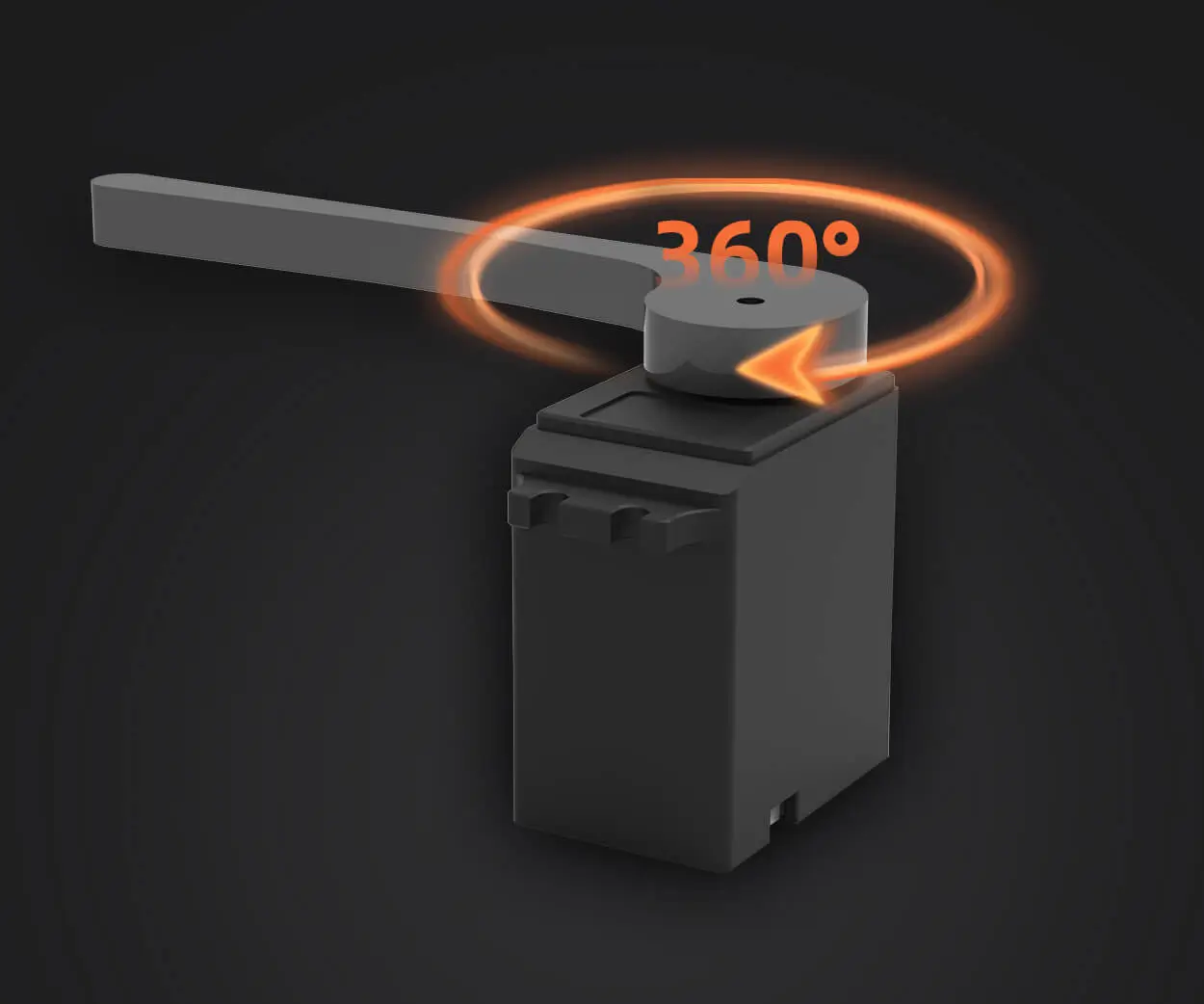In the bustling world of manufacturing and processing industries, the heart of many operations beats in the form of effective mixing and agitation systems. Whether it's blending chemicals, processing food, or manufacturing pharmaceuticals, the key to achieving uniformity and quality often lies in the dependable performance of agitator motors paired with gearboxes. These devices are far more than mechanical components; they are the silent heroes that ensure seamless operations, energy efficiency, and product consistency.

The Symbiotic Relationship of Agitator Motors and Gearboxes
At its core, an agitator motor supplies the rotational force needed to turn the mixing blades or paddles within a tank or vessel. However, raw power alone isn't enough—precision, torque control, and speed reduction are equally vital. That's where gearboxes come into play. By reducing the high rotational speeds of the motor to appropriate, manageable levels and amplifying torque, gearboxes optimize performance for specific mixing tasks.
Imagine trying to stir thick molasses with a lightweight motor—it would struggle, demand excessive energy, and likely burn out prematurely. A gearbox steps in to make this task manageable, transforming a high-speed motor into a torque powerhouse capable of handling viscous or challenging materials. The synergy between the agitator motor and gearbox thus creates a system that is both powerful and finely tuned to its application's unique demands.
Design and Types of Agitator Motors with Gearboxes
Agitator motors come in various designs tailored to specific industry needs. Small-scale, precision mixing operations might utilize compact, high-speed motors, whereas heavy-duty industrial setups for viscous materials or large tank volumes require robust, low-speed motors paired with sturdy gearboxes.
Commonly, these gearboxes are classified into several types:
Parallel Shaft Gearboxes: Known for their compact design and efficiency, these are suitable for horizontal agitator setups where space is limited. Right-Angle (Worm or Helical) Gearboxes: Ideal for vertical shaft applications, providing smooth, quiet operation and high reduction ratios. Planetary Gearboxes: Known for high torque density and compact construction, perfect for high-demand mixing processes requiring precise control.
The choice of gear type depends on several factors, such as the required torque, speed, space constraints, and the nature of the materials being processed.
Materials and Durability
Durability is vital in processing environments where equipment faces continuous operation, exposure to corrosive or abrasive substances, and demanding loads. Manufacturers often use high-grade materials like stainless steel, cast iron, or specialized alloys for gearboxes to ensure longevity.
Protection against elements like dust, moisture, and chemicals is also important; thus, many gearboxes come with enhanced sealing and corrosion-resistant coatings. Ensuring compatibility between the motor, gearbox, and entire agitation system maximizes uptime and reduces maintenance costs.
Energy Efficiency and Operational Cost Savings
One of the most attractive features of well-designed agitator systems with gearboxes is their potential to significantly reduce operational costs. By optimizing torque delivery and reducing energy consumption, these systems can lead to measurable savings over time.
Modern gearboxes, especially those with helical or planetary gears, are engineered for minimal energy loss. Coupled with efficient motors, they provide high performance while consuming less power—a win-win for industrial operators aiming for sustainability and profitability.
Innovations in Agitator Motor Technologies
The industry has seen exciting advancements, including variable frequency drives (VFDs) that allow precise motor speed control, and smart monitoring systems that detect wear or inefficiencies before failures occur. These innovations enhance the functionality of agitator systems, making them smarter, more adaptable, and easier to maintain.
In conclusion, the combination of an agitator motor with a well-suited gearbox is a cornerstone of modern industrial processing. It empowers industries to achieve high-quality mixing, operational efficiency, and long-term reliability. Up next, we'll delve deeper into specific applications, selection criteria, and maintenance tips to help you maximize your agitation system's potential.
Kpower has delivered professional drive system solutions to over 500 enterprise clients globally with products covering various fields such as Smart Home Systems, Automatic Electronics, Robotics, Precision Agriculture, Drones, and Industrial Automation.




































